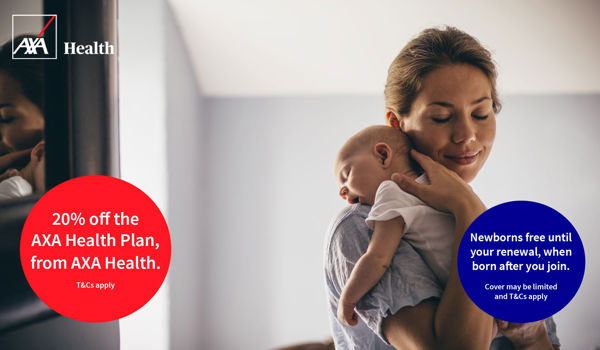A study has found that when adults and babies play together, their brains synchronise in a similar way to when adults do tasks such as watch movies or tell stories together.
The study, carried out by the Princeton Baby Lab, aimed to determine where the synchronisation already discovered in adults began. It took 18 babies ages between 10 and 15 months and partnered them with an adult experimenter. The pair would then proceed to play together with toys and books, using an appropriate level of eye contact also to replicate how normal playtime would occur. To demonstrate the evidence further, after a period of playing with the child, the adult would then turn away from the child, leaving them to quietly play by themselves, whilst they told another adult a story.
The study then looked at the data surrounding how oxygenated the blood was in both the child and the adult (as the brain uses a lot of energy when dealing with sensory matters meaning there would be a changing oxygen level) and found that it was the case that when together, the parts of the brain using the most oxygen echoed each other, and these levels rose and fell one after the other as the pair used different toys. This connection, however, was lost when the adult turned away showing the pair, when playing together, had managed to synchronise their brains in such a way that they knew how each other would react and reacted similarly themselves.
This may all seem very scientific considering it is surrounding kids. However, there was one aspect which all parents can relate to, as originally the study had aimed to test 42 kids, however, 21 toddlers were removed for “squirming excessively” and 3 toddlers were removed for simply flat out refusing to wear the cap which they had to wear for the study to be completed, so don’t worry parents as this proves even science can’t stop your child being a pain.
Talking about the discoveries of the experiment, Cognitive Psychologist Elise Piazza said “the adult's brain seemed to predict when the infants would smile, the infants' brains anticipated when the adult would use more 'baby talk,' and both brains tracked joint eye contact and joint attention to toys. So, when a baby and adult play together, their brains influence each other.” showing their test was successful in showing the connection between adults and young children.


